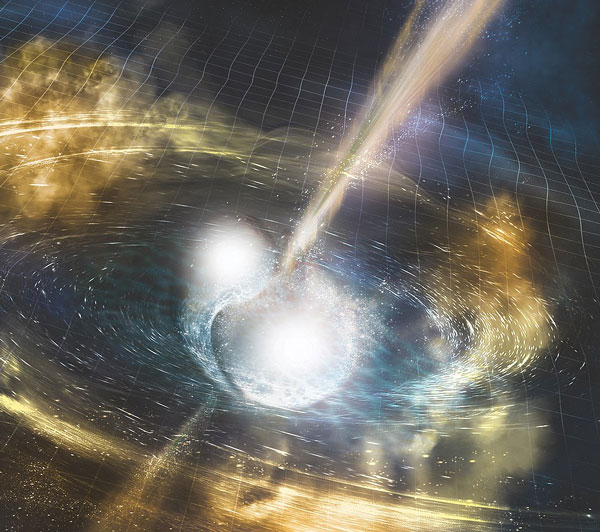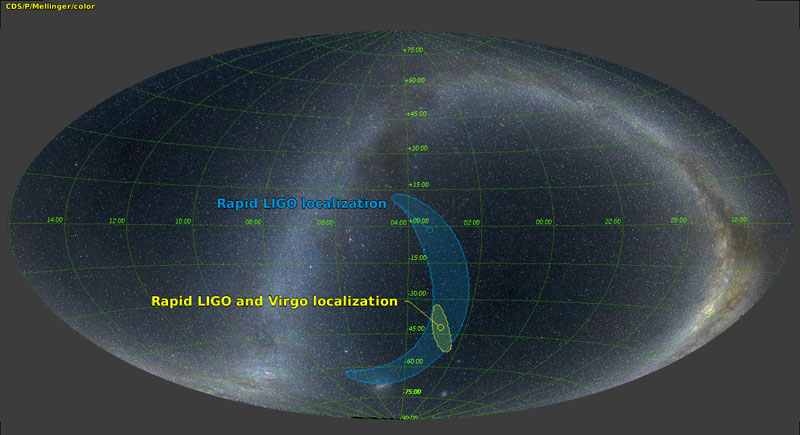The Laser Interferometer Gravitational-wave Observatory (LIGO) will soon begin a new round of listening for massive mergers. Now you can find out about the discoveries as they happen.

NSF / LIGO / Sonoma State University / A. Simonnet
The first gravitational-wave signal ever witnessed hatched a flurry of rumors weeks before the Laser Interferometer Gravitational-wave Observatory (LIGO) officially announced that it had detected a cataclysmic coming-together of two black holes. Rampant speculation foreshadowed subsequent announcements too.
LIGO had good reason to wait before making each discovery public, as the team needed to carefully vet each discovery to make sure it was real. But now that scientists have 11 detections under their collective belt, the value of follow-up observations outweighs extreme caution. To that end, LIGO is making the gravitational-wave detections in its next round of observations public knowledge right away.
LIGO's third observing run — in conjunction with its European counterpart Virgo — is set to begin April 1st, and and the team will be distributing all gravitational-wave signals via the Gamma-ray Coordinates Network. (The name is a throwback to GCN's original function, which was to advertise gamma-ray bursts for quick follow-up. Now it's used to announce transients more generally.)
An engineering run will begin four weeks earlier, on March 1st, but no alerts will be generated during this phase.

LIGO / Virgo / Mellinger
As improvements have been made to both the LIGO and Virgo detectors in between observing runs, April 1st should herald a period of enhanced discovery. Scientists expect at least a few black hole mergers every month, as well as at least one neutron star merger per year. But these are conservative estimates based on what we know from LIGO's first two observing runs — due to improvements in sensitivity, the rate of discoveries could be even higher this third go-round.
LIGO will announce coordinates of new gravitational-wave events via GCN Notices, while announcements of follow-up observations will come in GCN Circulars. You can visit the GCN website to subscribe to Notices, Circulars, or both via your email.
Or, if you prefer to have an app for that, citizen scientist Peter Kramer has created Gravitational Wave Events for iOS systems. In the realm of "little things that cause inordinate delight," you can even set the app's alert tone to be a "gravitational wave chirp."
LIGO has prepared a presentation with more details on how alerts will be released to the public.
Find out more about LIGO's observing plans and public alerts here.
 0
0









Comments
You must be logged in to post a comment.